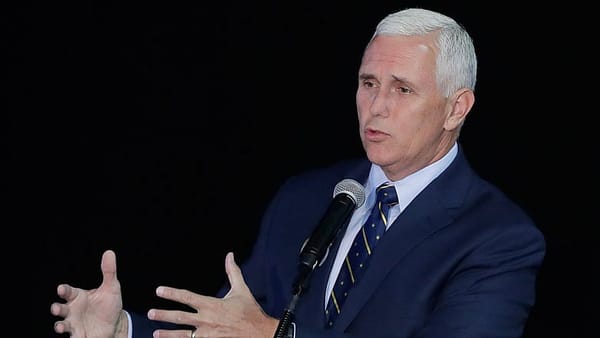The Big Short and The Big Lie

There is no doubt about it: Michael Lewis is a wonderful storyteller. He demonstrated his skill in his beguiling autobiographical best seller, Liar's Poker. And again in The Blind Side and Moneyball.
Then in 2010 came The Big Short — the fascinating story of a handful of hedge-fund managers and speculators who bet on the U.S. housing market crash of eight years ago and made billions. The compelling narratives of real-life market movers Michael Burry, Steven Eisman, and John Paulsen, as well as millennial speculators such as Jamie Mai and Charlie Ledley, make spellbinding reading even when dealing with arcane subjects like short selling and collateralized debt obligations. Not only was the book a big success, but so was the subsequent movie.

